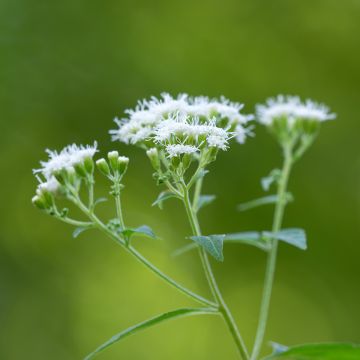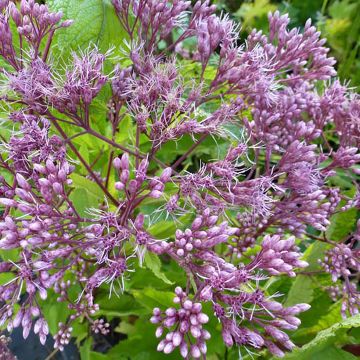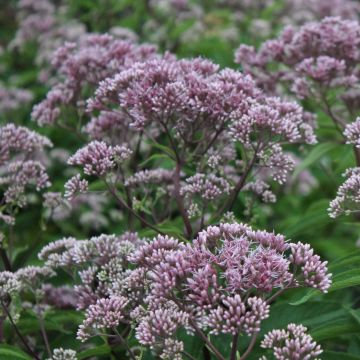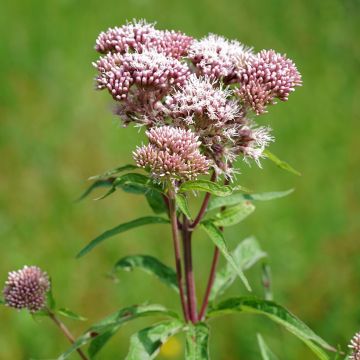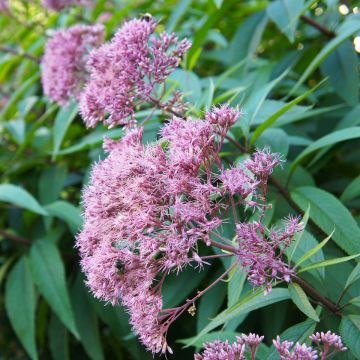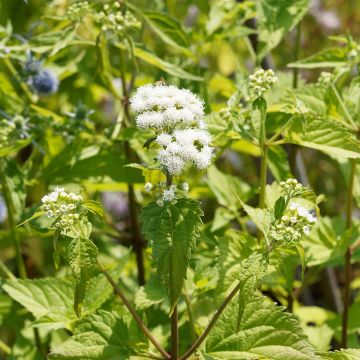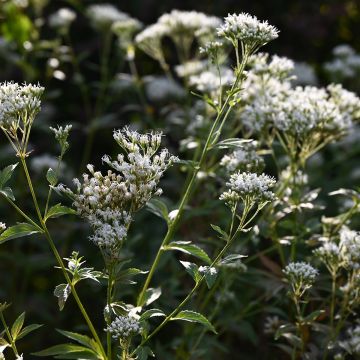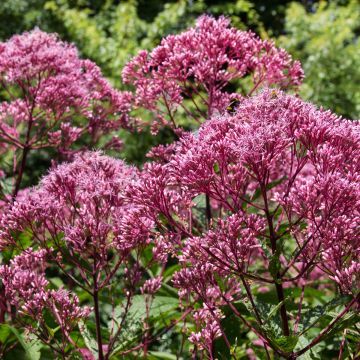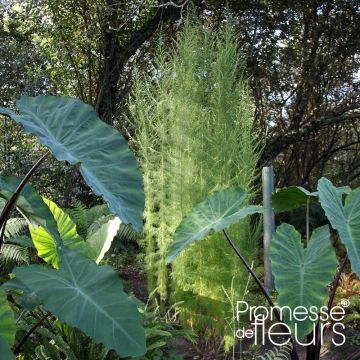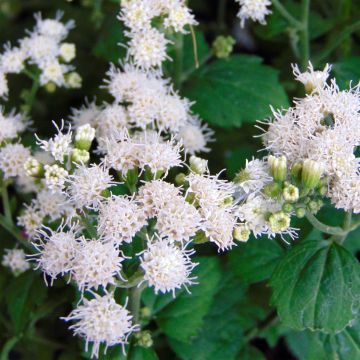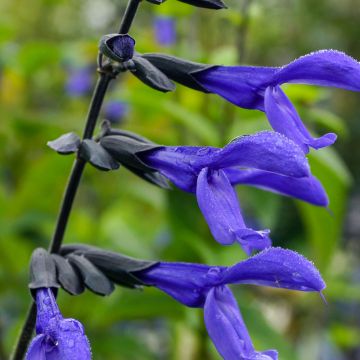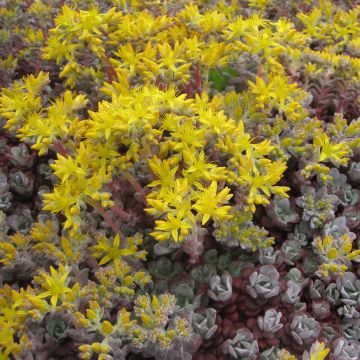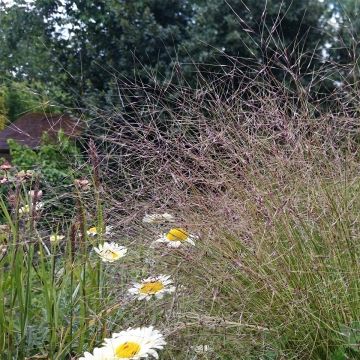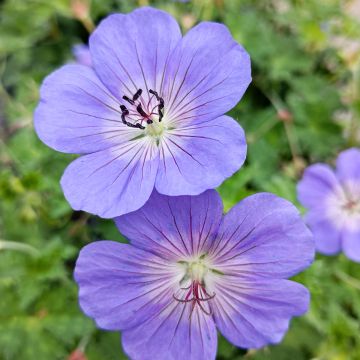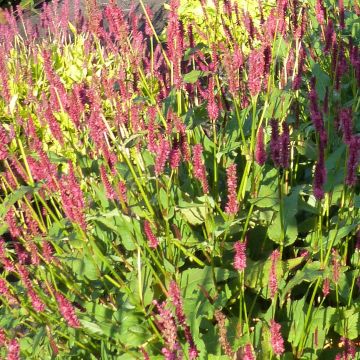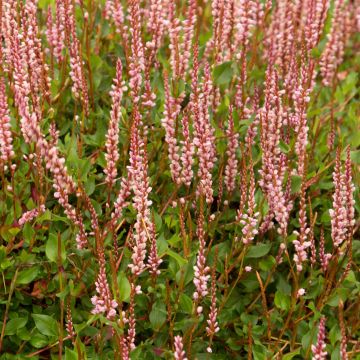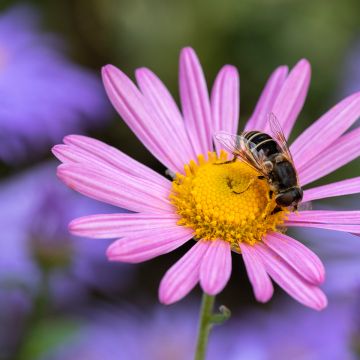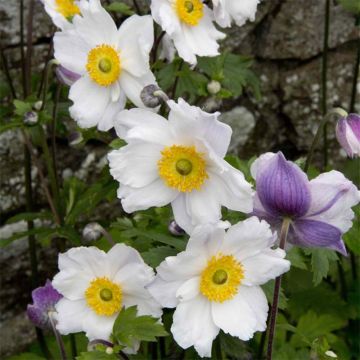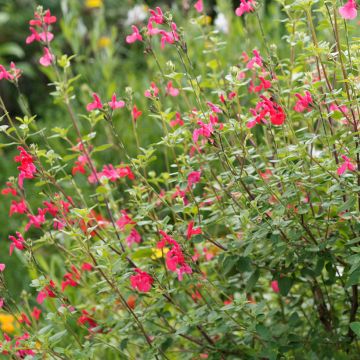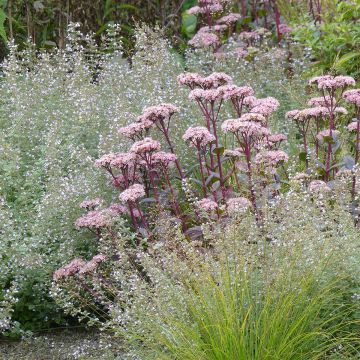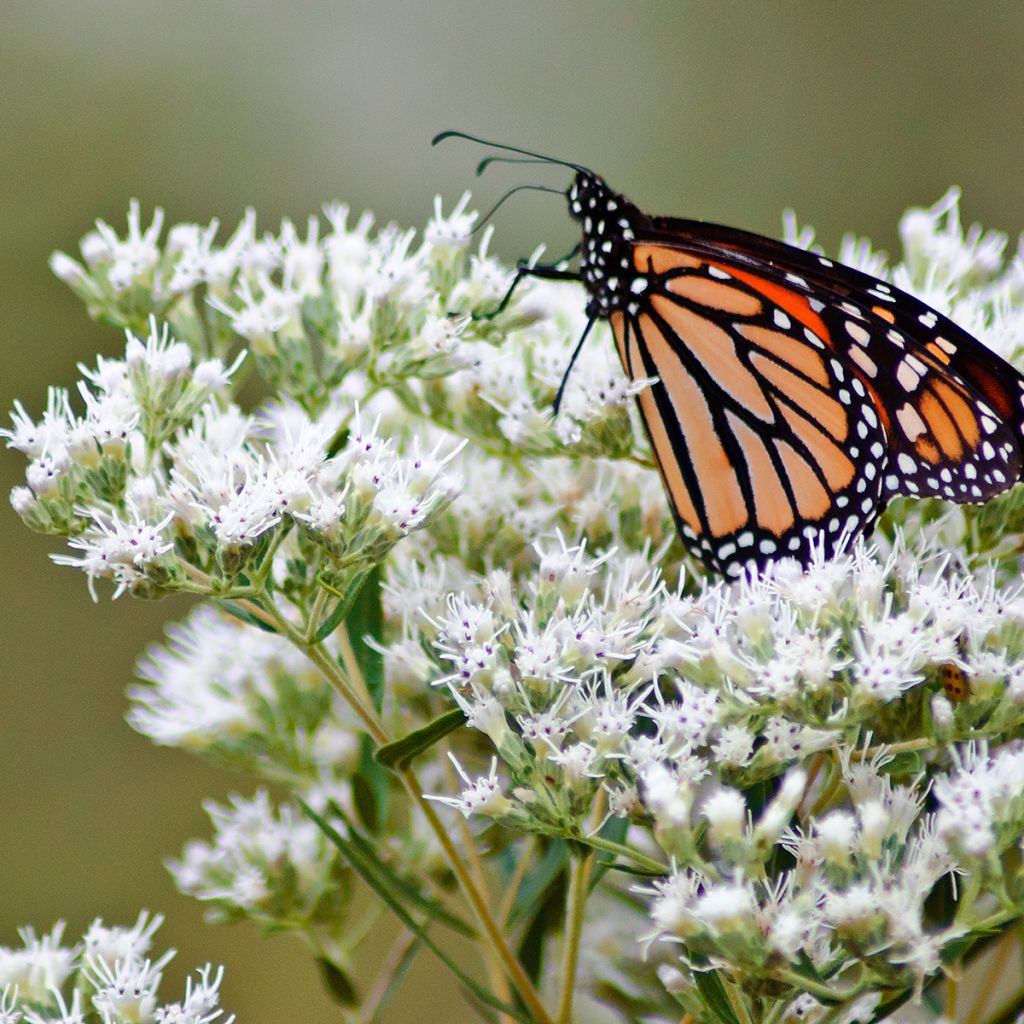

Eupatorium perfoliatum
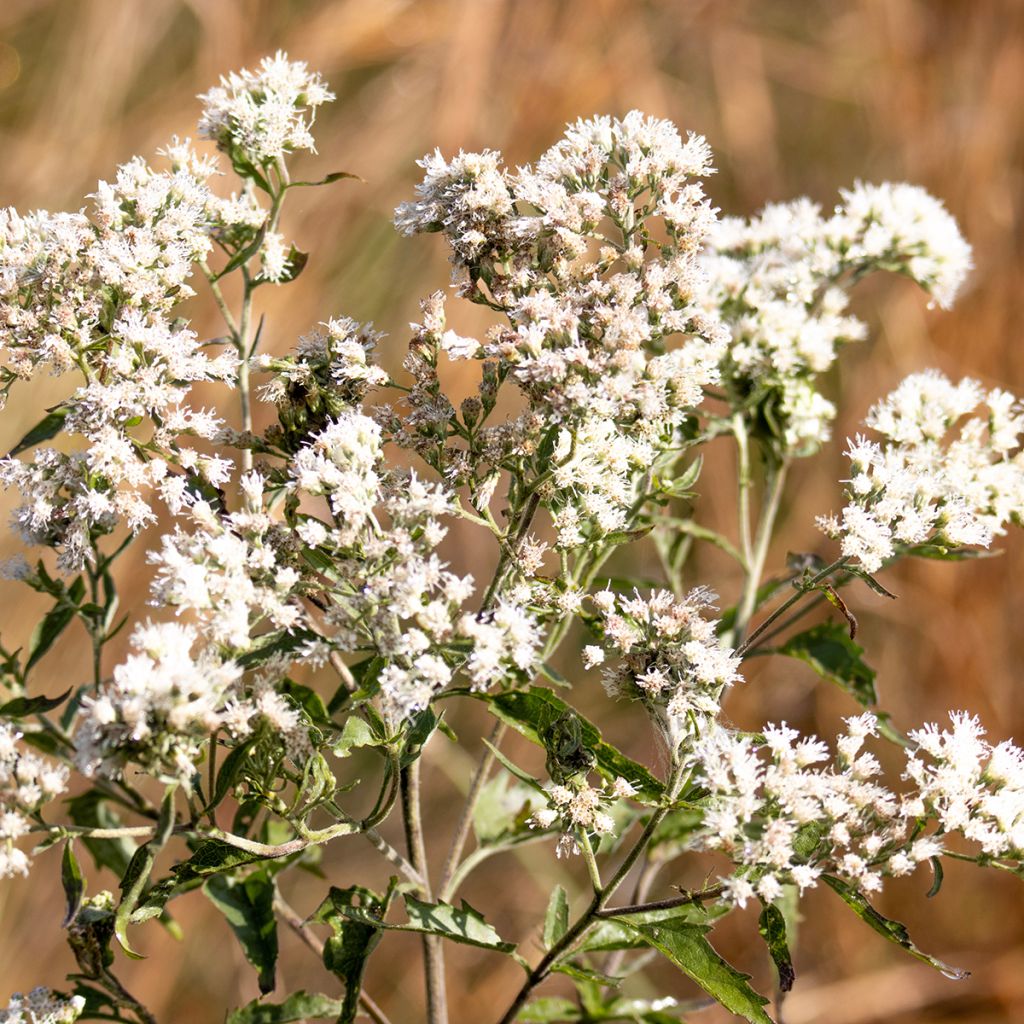

Eupatorium perfoliatum
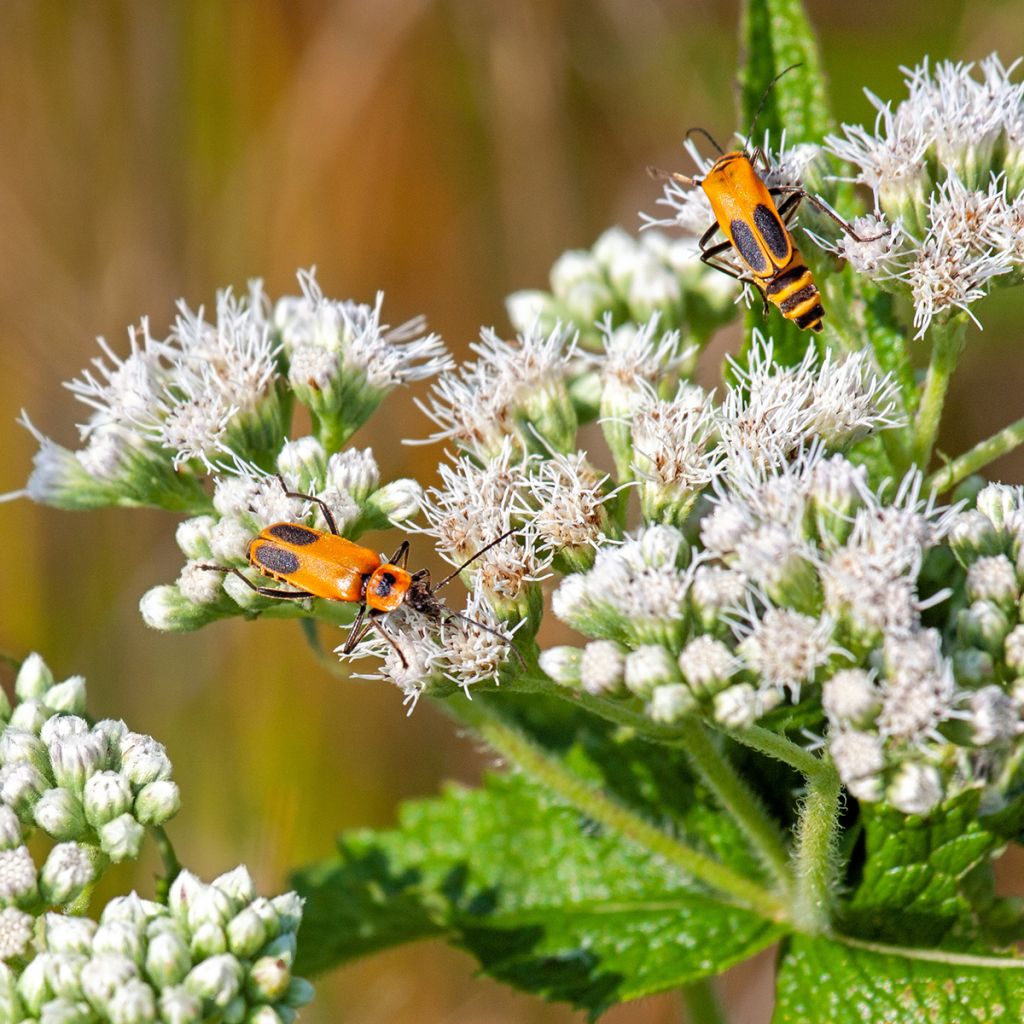

Eupatorium perfoliatum
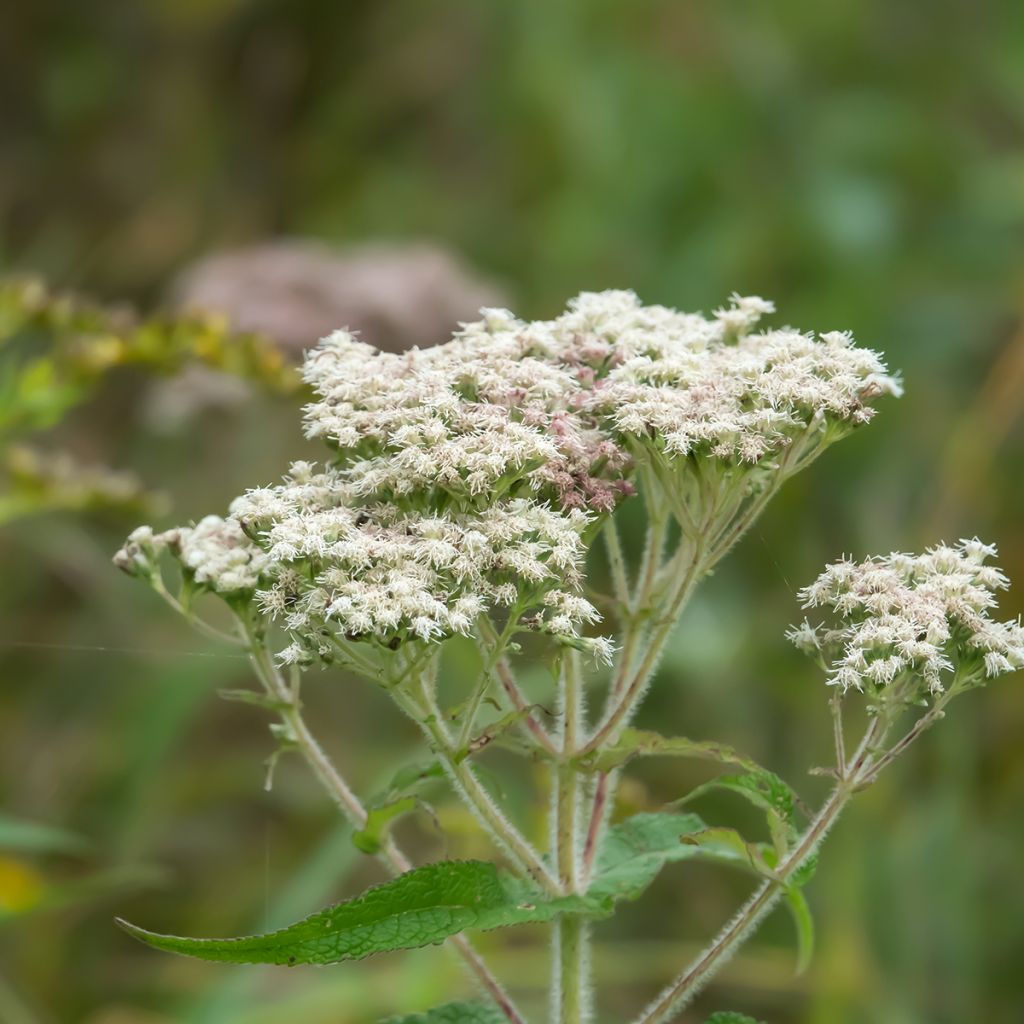

Eupatorium perfoliatum
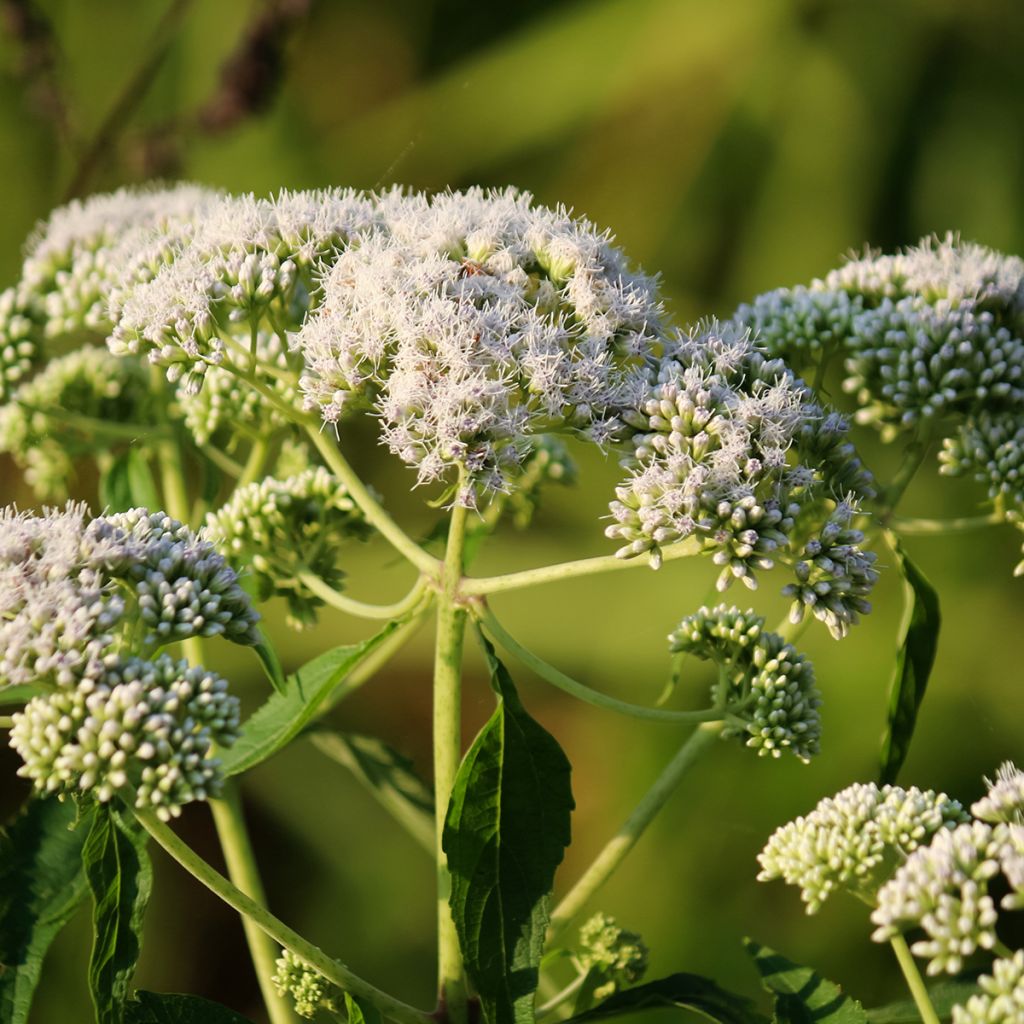

Eupatorium perfoliatum
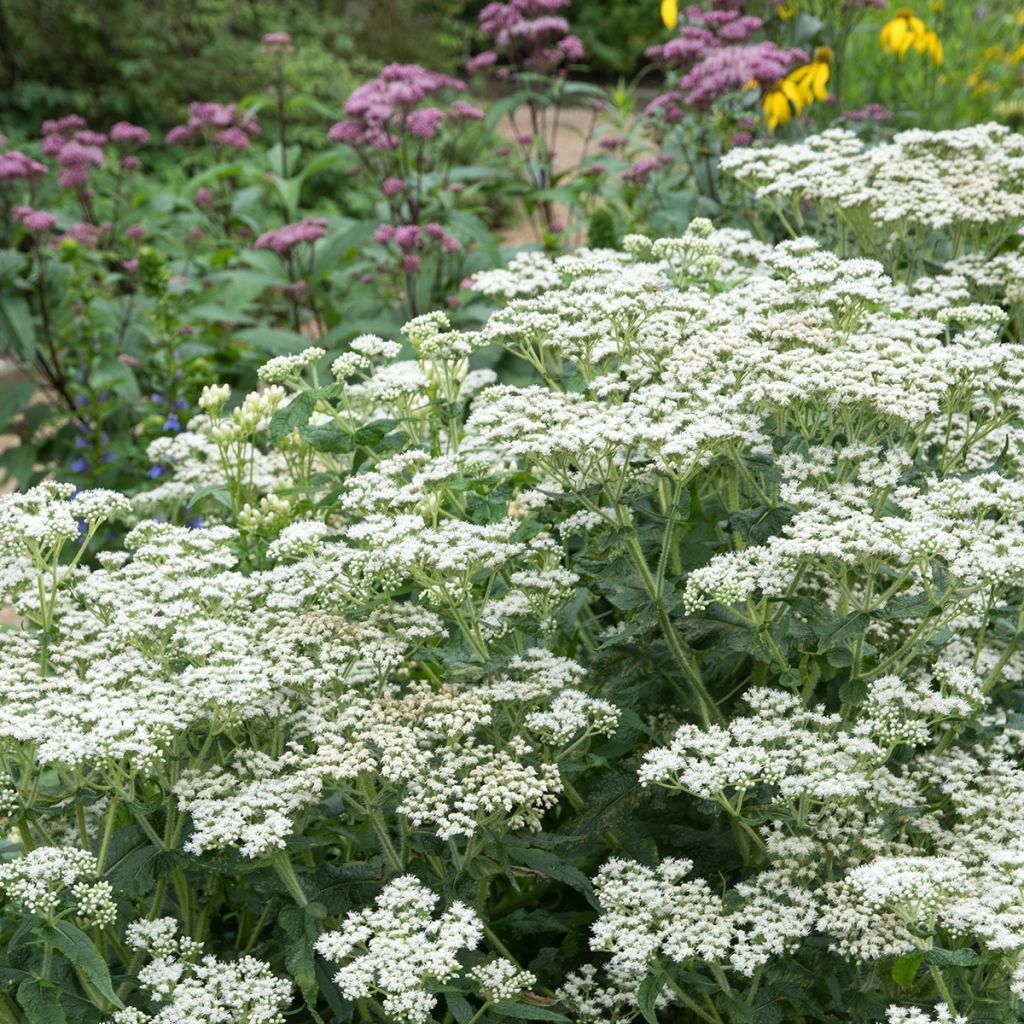

Eupatorium perfoliatum
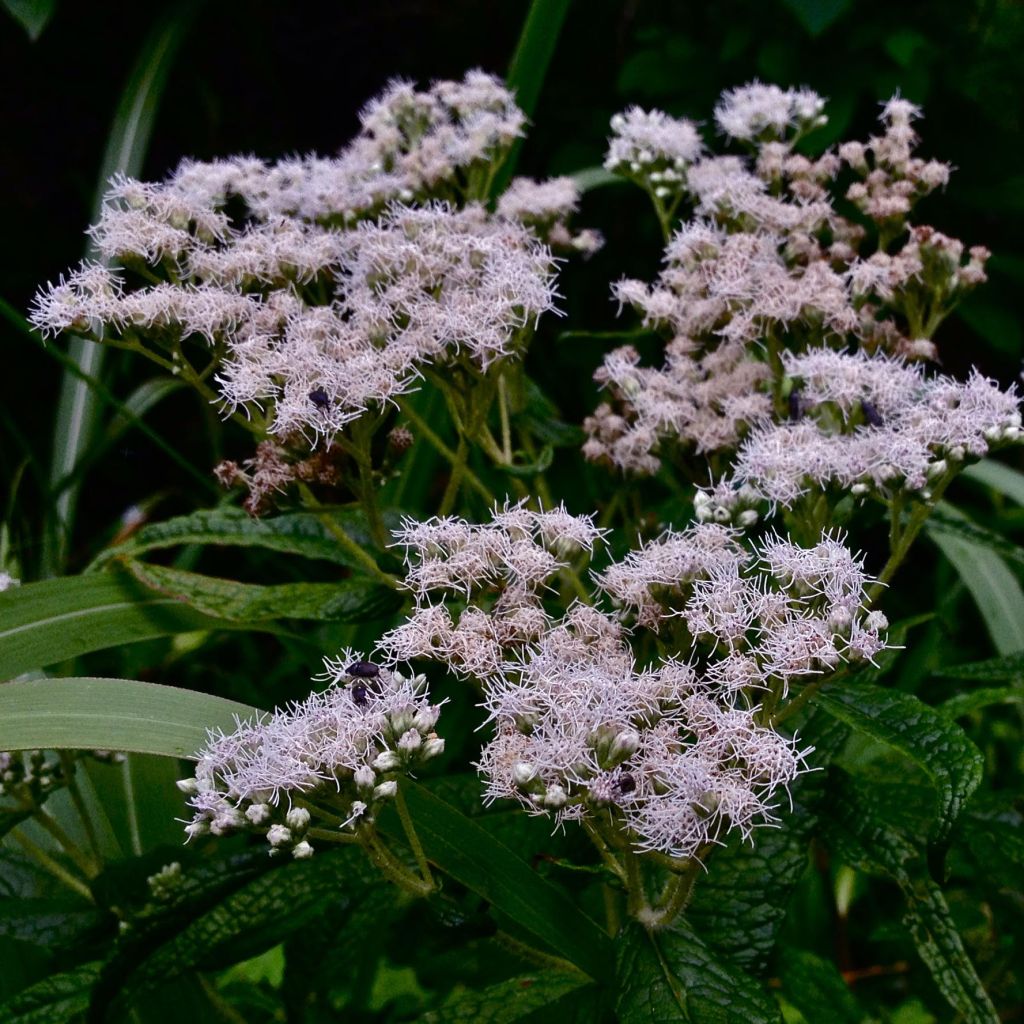

Eupatorium perfoliatum
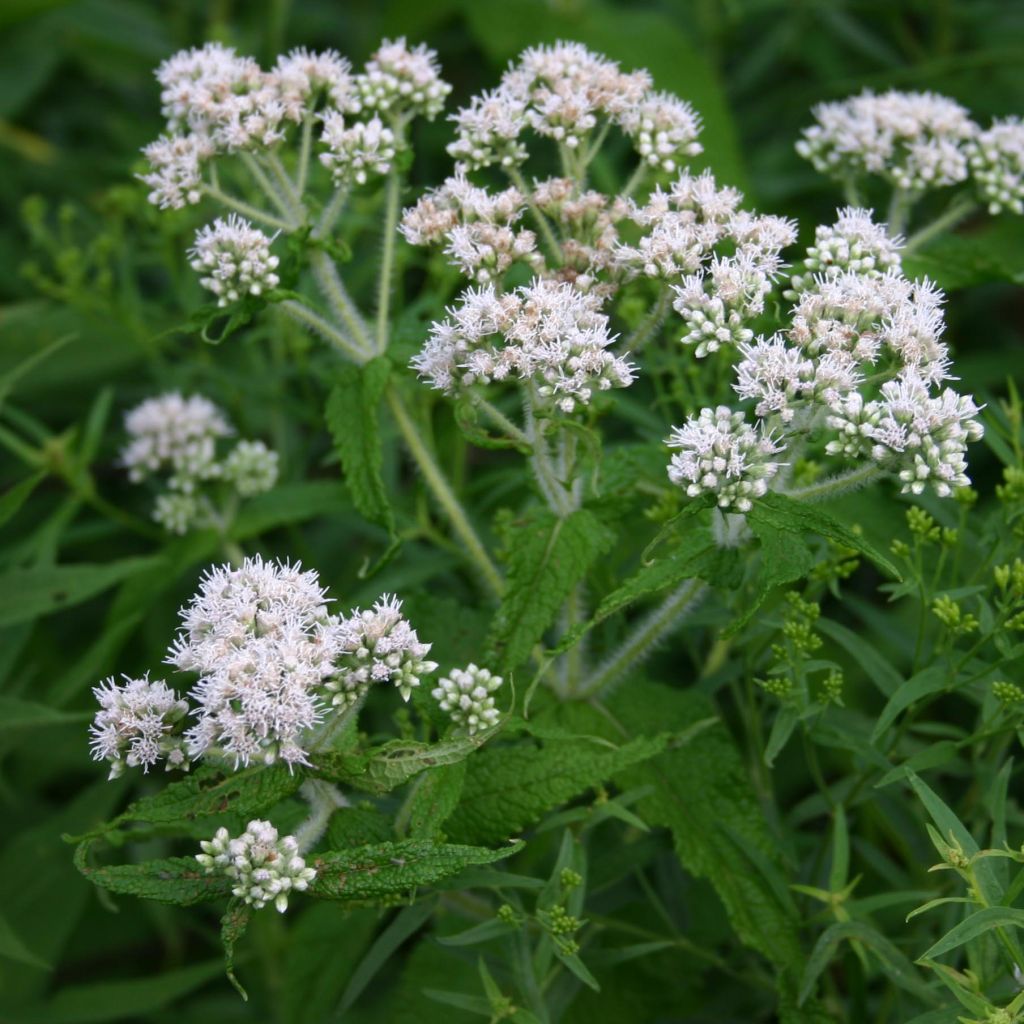

Eupatorium perfoliatum
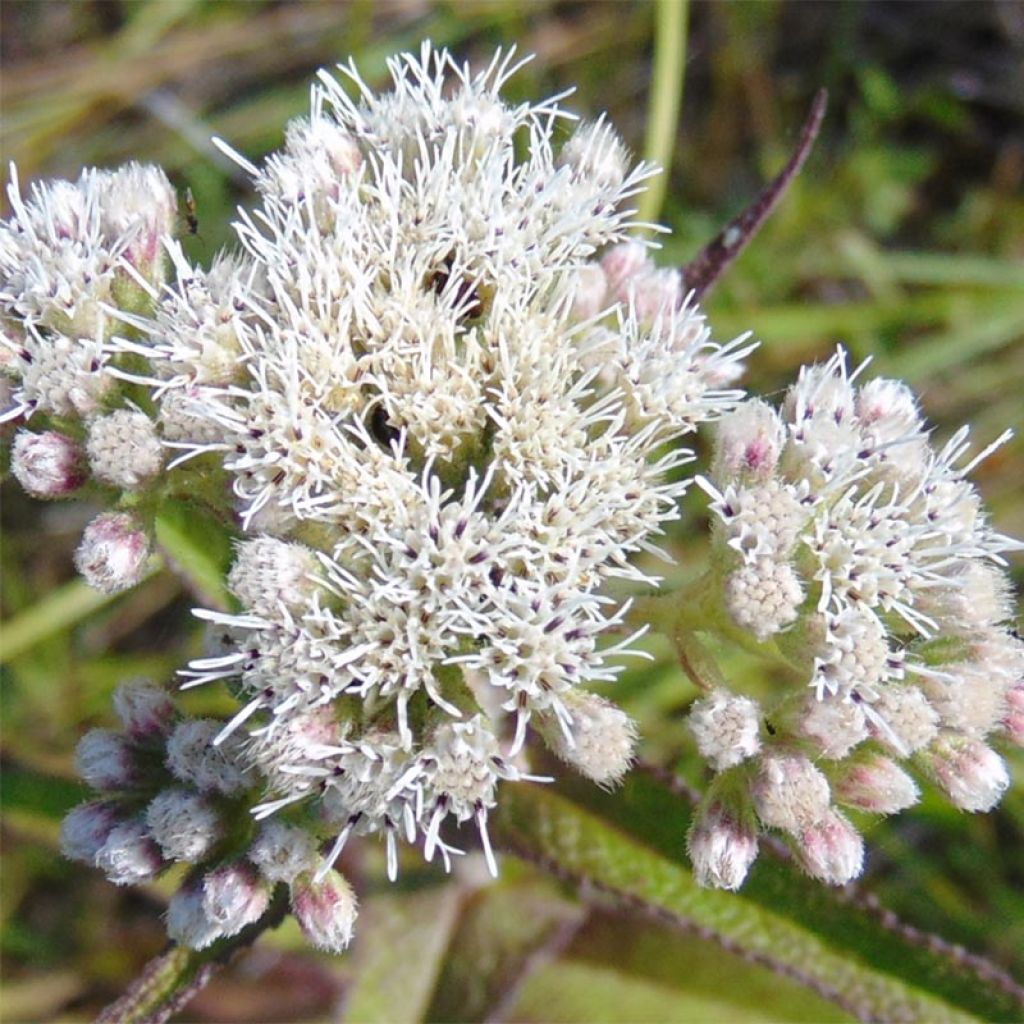

Eupatorium perfoliatum
Eupatorium perfoliatum
Eupatorium perfoliatum
American boneset, Indian ague weed, March sage, Wild sage, Feverwort, Thoroughwort, Gravel root, Joe Pye Weed
This item cannot be shipped to the selected country
Delivery charge from €5.90
More information
Schedule delivery date,
and select date in basket
This plant carries a 12 months recovery warranty
More information
We guarantee the quality of our plants for a full growing cycle, and will replace at our expense any plant that fails to recover under normal climatic and planting conditions.
From €5.90 for pickup delivery and €6.90 for home delivery
Express home delivery from €8.90.
Does this plant fit my garden?
Set up your Plantfit profile →
Description
Eupatorium perfoliatum is a robust perennial with creamy white corymbs and a slight vanilla scent. Belonging to the Asteraceae family, it is also known as American boneset, Indian ague weed, March sage, Wild sage, Feverwort or Thoroughwort.
Native to North America, it gets its name from the arrangement of its leaves on the stem, distinguishing it from other species of Eupatorium. The leaves are lanceolate, opposite, and sessile, meaning they are directly attached to the stem without a petiole. They are deciduous, green-grey in colour, and pubescent on the lower surface. The plant bears its flower heads assembled in corymbs on robust, pubescent stems, reaching over 1 meter in height, giving it an upright and bushy habit. Smaller in stature than other species, it still reaches 40 cm (16in) in width. The corymb heads can reach 10 cm (4in) in diameter, resembling creamy pompons with a slightly fuzzy appearance. Eupatorium perfoliatum flowers have a vanilla scent.
The late flowering adds charm to a garden throughout the summer until the end of October. It retains its decorative aspect in winter thanks to its seed heads which are topped with small fluffy crests that disperse with the wind. An easy plant to grow, it is resistant to insects and diseases. It is also an extraordinary pollinating plant, especially for bees and butterflies. Hardy, it can withstand temperatures down to -15°C (5°F). It is also a plant called a bio-indicator: in its natural state, it prefers to grow on damp or even wet terrain. It thus indicates a certain degree of soil moisture. It can be planted it by the edge of a pond. It adapts to all types of soil, but prefers moist, rich, and well-drained soils. It will be superb in a wild garden as a groundcover on the edge of a planting bed, accompanied in the background by the larger species, Eupatorium cannabinum Plenum with double flowers. Prune the stems in autumn to maintain a very compact habit.
The name Eupatorium is derived from the Persian emperor Mithridates Eupator, who boasted of surviving poison ingestion thanks to a powerful antidote. However, it is hard to say with certainty whether the antidote in question was truly Eupatorium or Agrimonia, two plants with strong similarities.
More precisely, Eupatorium perfoliatum is used in Native American pharmacology. Its various nicknames reflect the number of ailments the plant is reputed to cure e,g, American boneset, as it is supposed to treat bone pain or Gravel root, as it dislodges kidney stones. It has mainly been used for its medicinal properties to reduce fevers and fight infections, including malaria. The list is not exhaustive. English speakers affectionately refer to all eupatoriums as Joe Pye Weed. One of the legends surrounding this nickname comes from the distortion of the name of an Indian doctor, who successfully treated people with typhus using Eupatorium perfoliatum. The plant is also widely used in homeopathy.
Report an error about the product description
Eupatorium perfoliatum in pictures
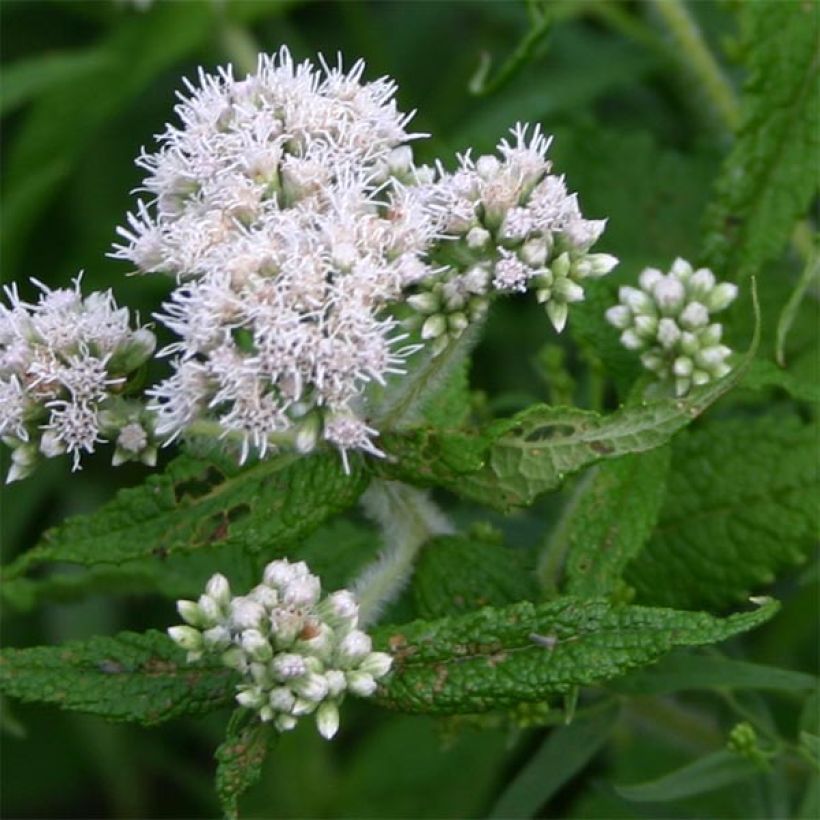

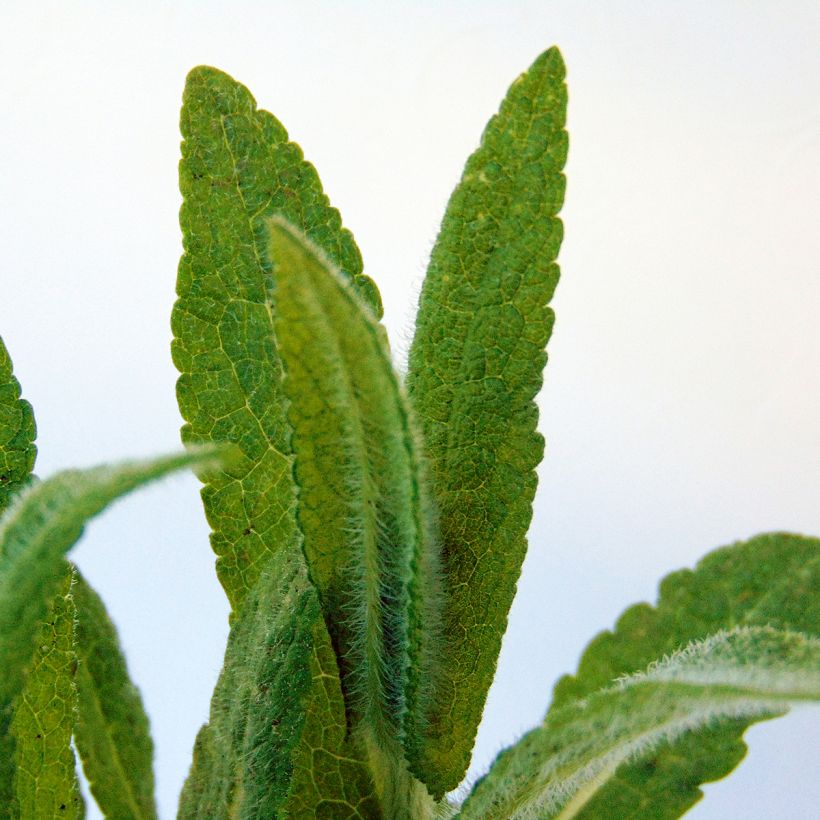



Flowering
Foliage
Plant habit
Botanical data
Eupatorium
perfoliatum
Asteraceae
American boneset, Indian ague weed, March sage, Wild sage, Feverwort, Thoroughwort, Gravel root, Joe Pye Weed
North America
Other Eupatorium - Boneset
Planting and care
This is a plant called an indicator: in its natural state, it tends to thrive on damp or even wet ground. It thus indicates a certain level of soil moisture. It adapts to all types of soils, but it definitely prefers them to be damp, rich, and well-drained.
Planting period
Intended location
Care
-
, onOrder confirmed
Reply from on Promesse de fleurs
Late flowering perennials
Haven't found what you were looking for?
Hardiness is the lowest winter temperature a plant can endure without suffering serious damage or even dying. However, hardiness is affected by location (a sheltered area, such as a patio), protection (winter cover) and soil type (hardiness is improved by well-drained soil).

Photo Sharing Terms & Conditions
In order to encourage gardeners to interact and share their experiences, Promesse de fleurs offers various media enabling content to be uploaded onto its Site - in particular via the ‘Photo sharing’ module.
The User agrees to refrain from:
- Posting any content that is illegal, prejudicial, insulting, racist, inciteful to hatred, revisionist, contrary to public decency, that infringes on privacy or on the privacy rights of third parties, in particular the publicity rights of persons and goods, intellectual property rights, or the right to privacy.
- Submitting content on behalf of a third party;
- Impersonate the identity of a third party and/or publish any personal information about a third party;
In general, the User undertakes to refrain from any unethical behaviour.
All Content (in particular text, comments, files, images, photos, videos, creative works, etc.), which may be subject to property or intellectual property rights, image or other private rights, shall remain the property of the User, subject to the limited rights granted by the terms of the licence granted by Promesse de fleurs as stated below. Users are at liberty to publish or not to publish such Content on the Site, notably via the ‘Photo Sharing’ facility, and accept that this Content shall be made public and freely accessible, notably on the Internet.
Users further acknowledge, undertake to have ,and guarantee that they hold all necessary rights and permissions to publish such material on the Site, in particular with regard to the legislation in force pertaining to any privacy, property, intellectual property, image, or contractual rights, or rights of any other nature. By publishing such Content on the Site, Users acknowledge accepting full liability as publishers of the Content within the meaning of the law, and grant Promesse de fleurs, free of charge, an inclusive, worldwide licence for the said Content for the entire duration of its publication, including all reproduction, representation, up/downloading, displaying, performing, transmission, and storage rights.
Users also grant permission for their name to be linked to the Content and accept that this link may not always be made available.
By engaging in posting material, Users consent to their Content becoming automatically accessible on the Internet, in particular on other sites and/or blogs and/or web pages of the Promesse de fleurs site, including in particular social pages and the Promesse de fleurs catalogue.
Users may secure the removal of entrusted content free of charge by issuing a simple request via our contact form.
The flowering period indicated on our website applies to countries and regions located in USDA zone 8 (France, the United Kingdom, Ireland, the Netherlands, etc.)
It will vary according to where you live:
- In zones 9 to 10 (Italy, Spain, Greece, etc.), flowering will occur about 2 to 4 weeks earlier.
- In zones 6 to 7 (Germany, Poland, Slovenia, and lower mountainous regions), flowering will be delayed by 2 to 3 weeks.
- In zone 5 (Central Europe, Scandinavia), blooming will be delayed by 3 to 5 weeks.
In temperate climates, pruning of spring-flowering shrubs (forsythia, spireas, etc.) should be done just after flowering.
Pruning of summer-flowering shrubs (Indian Lilac, Perovskia, etc.) can be done in winter or spring.
In cold regions as well as with frost-sensitive plants, avoid pruning too early when severe frosts may still occur.
The planting period indicated on our website applies to countries and regions located in USDA zone 8 (France, United Kingdom, Ireland, Netherlands).
It will vary according to where you live:
- In Mediterranean zones (Marseille, Madrid, Milan, etc.), autumn and winter are the best planting periods.
- In continental zones (Strasbourg, Munich, Vienna, etc.), delay planting by 2 to 3 weeks in spring and bring it forward by 2 to 4 weeks in autumn.
- In mountainous regions (the Alps, Pyrenees, Carpathians, etc.), it is best to plant in late spring (May-June) or late summer (August-September).
The harvesting period indicated on our website applies to countries and regions in USDA zone 8 (France, England, Ireland, the Netherlands).
In colder areas (Scandinavia, Poland, Austria...) fruit and vegetable harvests are likely to be delayed by 3-4 weeks.
In warmer areas (Italy, Spain, Greece, etc.), harvesting will probably take place earlier, depending on weather conditions.
The sowing periods indicated on our website apply to countries and regions within USDA Zone 8 (France, UK, Ireland, Netherlands).
In colder areas (Scandinavia, Poland, Austria...), delay any outdoor sowing by 3-4 weeks, or sow under glass.
In warmer climes (Italy, Spain, Greece, etc.), bring outdoor sowing forward by a few weeks.

































